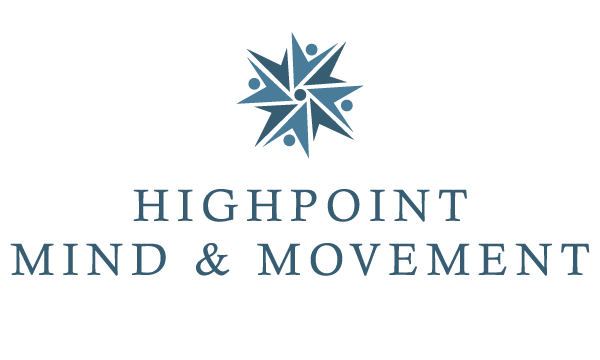Healing the Brain with Music
Years of research has taught us that the brain is malleable and has the ability to re-create itself in many ways. It can reorganize itself by establishing new neural pathways, forming new combinations of neural networks, and changing its anatomy. An injured brain will adapt and work around an injury by repurposing pathways that are no longer being used or the brain will step up to the challenge and move mental functions that were handled by the injured area to another brain region. And music is a powerful force in helping the brain heal itself.
It has been found that stroke survivors and those living with Parkinson’s, Tourette syndrome, traumatic brain injury, or Multiple Sclerosis, have experienced significant improvement in their gross and fine motor skills and executive function after only a few weeks of musical training – whether learning tones, scales, or melodies on an instrument, or simply rhythmic drumming. Additionally, the rhythm of music links into the more primitive areas of our brain and can bring the brain and the nervous system back into coordinated functioning by syncing up the brain’s own natural rhythmic pulses. Walking, marching, humming, or clapping to music does this within a few minutes because it stimulates the cerebellum at the base of the brain. It’s here in the cerebellum where we sync with and lock into the beat of the music, compelling us to move!
Music engages the motor control region of our brain due to the innate internal rhythms of the body and brain. These internal rhythms are always seeking to be in sync with each other and an outside beat–the tempo of the music–brings about this synchronization. When internal rhythms are in sync, movement, cognition, and mood improve. Science has only recently confirmed that walking can be improved through music but in the early 1900’s Hazrat Inayat Khan, professor of musicology and philosopher stated, “There exists in all people, either consciously or unconsciously, a tendency toward rhythm. The person who has no rhythm physically cannot walk well, he often stumbles.”
The hippocampus is another significant player in the brain’s healing process. It’s located deep in the temporal lobe and is part of the limbic system (our emotional brain.) It is involved in the processing of music through its function of forming and retrieving memories, but it also has another role: the production of new brain cells. These new brain cells migrate to those regions of the brain that need replenishment or replacement of damaged nerve cells. When we listen to or play music we are actively stimulating the hippocampus. This offers a pathway to recovery after brain injury and also a way to ward off the effects of age. Music can fuel your brain and the more music you bring into your life, the more neurons and nerve networks will be created and maintained over time.
Adults and seniors can build new neural pathways at any age, improving mental functions, memory, and reflexes by listening to music, taking a few music lessons, singing, dancing, or even something as simple as drumming. Just a few sessions, a little practice, or basic lessons can initiate physical changes in the brain. Rhythm and tempo at the neural level are powerful: music can change the brain, heal it, and restore many functions no matter our age.

